
Growing and Caring for Succulents Indoors - Ultimate Guide
Succulents are a perfect garden and home plant. They require little water, they’re low maintenance, and you can even grow them indoors!
If you’ve ever had trouble keeping plants alive in your house or garden, succulents may be the answer for you. Succulent lovers know that these plants are easy to care for and will thrive under just about any condition. But if this is your first time growing succulents—or if you want to learn more about how best to take care of them—read on! This Ultimate Guide has all the information you need to grow beautiful indoor succulent gardens at home.
All cacti plants are Succulents, i.e., a subset of Succulents… but there are some key differences in growing and caring for cacti and other succulent types. While all succulent plants need similar care, but other succulents have a few more growing requirements than the familiar cactus.
Here’s an overview of everything you need to know about succulents, including how to care for them and how to grow your own indoor succulents garden.
What are succulents and what do they need to grow
Succulents are plants that store water in their leaves, stems, or roots. They have thick fleshy leaves and require a lot less watering than other types of plants. The word "succulent" comes from the Latin word "sucus," which means juice. A succulent is any plant that stores water in its tissues to help it survive dry spells between rainfalls.
There are many different types of succulents, but they all share these traits:
- they’re low-maintenance and don’t need much attention
- they can thrive under almost any condition
- they come in an assortment of shapes & textures
- there isn't one type of succulent; some may grow tall while others remain low to the ground; some may look like their cousins, cacti; some are trees and other grow flowers
- They’re hardy plants that can tolerate drought-like conditions as well a wet weather.
In fact, succulents will thrive in just about any climate. This makes them an ideal plant for beginners and experts alike.
Best Succulents to Grow Indoors
While there are so many types of succulents that you can grow indoors, here are a few of the most popular varieties. If one of these looks particularly appealing to you, then by all means - give it a shot! You probably won’t be disappointed!
Jade plant (Crassula Ovata)
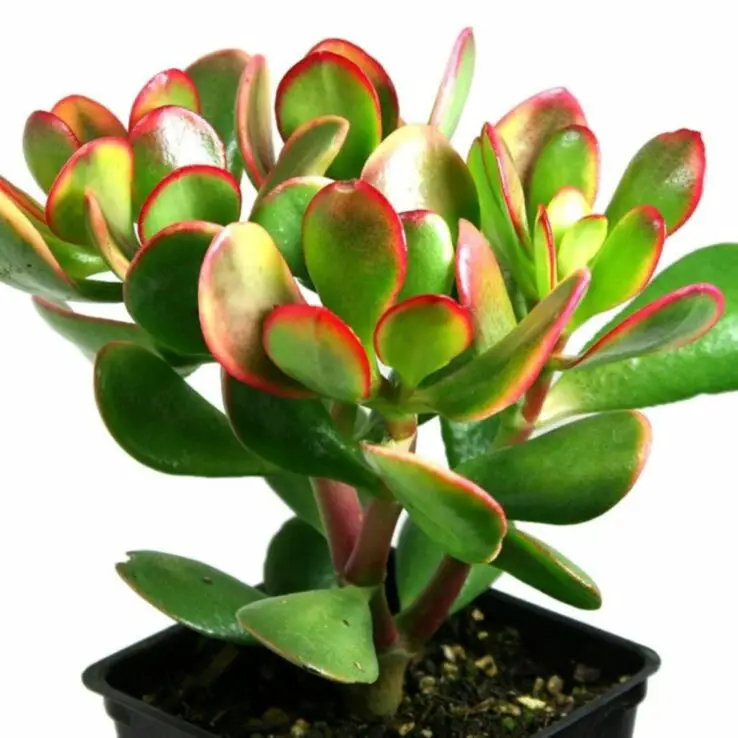
This plant withstands some of the worst conditions in the home. It grows well at low temperatures, tolerates poor lighting, and can endure very dry air. The jade plant also requires very little maintenance; it is reasonably hardy and has few pests that try to infest it.
There are some other varieties of this succulent as well, e.g. Crassula Ovata Gollum Jade or Crassula Ovata Variegated Gollum Jade.
Christmas kalanchoe (Kalanchoe Blossfeldiana)
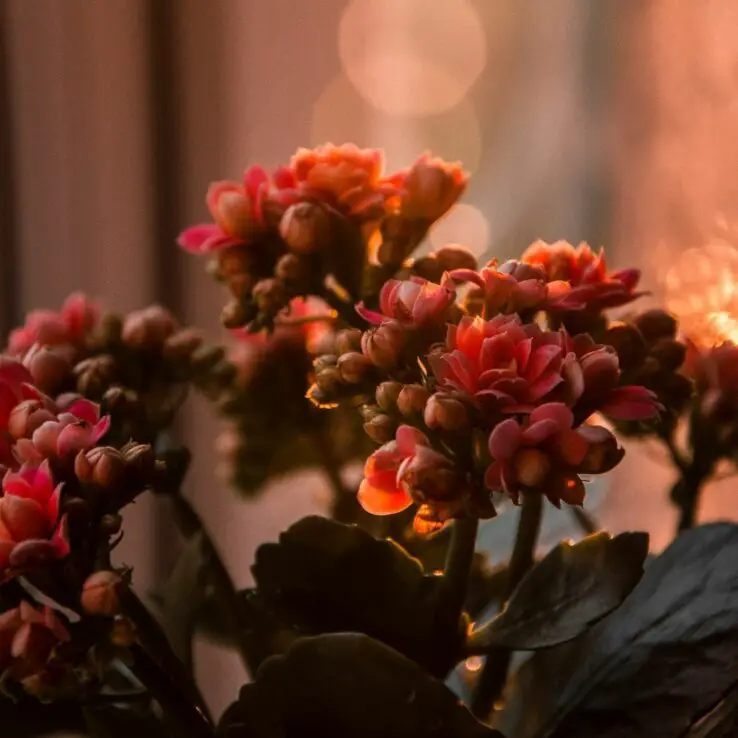
The Christmas kalanchoe is an extremely popular indoor succulent that blooms in the winter. The white flowers are beautiful and make a great accent for your home on a table or windowsill. It needs little water or sunlight, making it a great choice for beginners.
Snake plant or Mother-in-law tongue (Sansevieria Trifasciata)
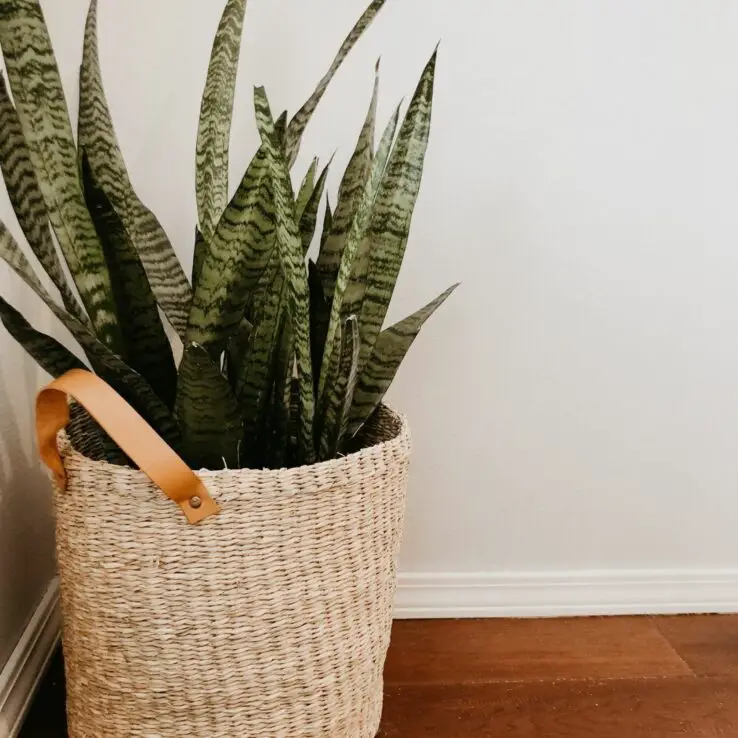
This plant is a low-maintenance succulent that has small green and cream stripes. It’s among the most popular plants on the market, as it can grow easily in poor lighting conditions and survives very dry air and temperatures.
Crown of thorns (Eurphorbia Milii)
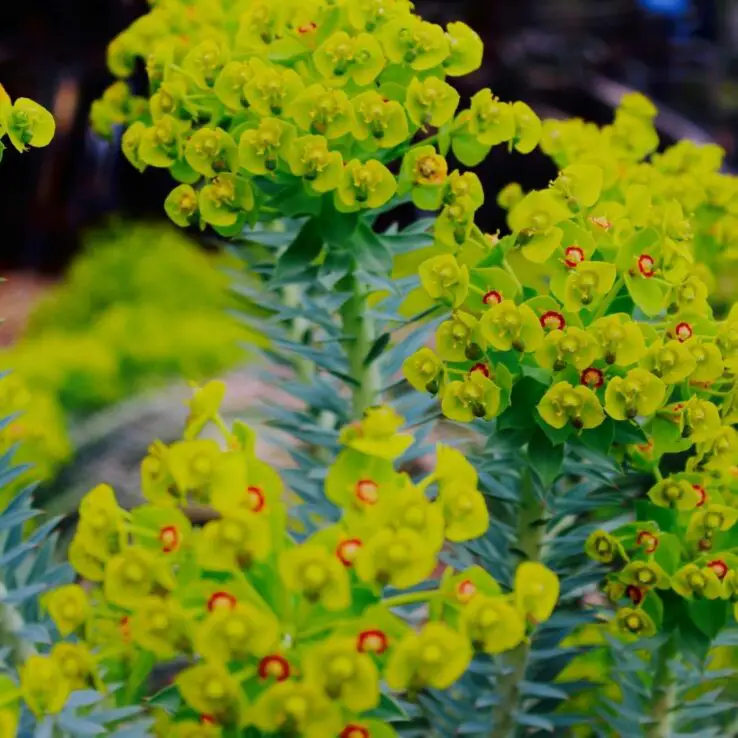
This is perhaps the most popular plant for beginners. It is very easy to grow and care for, requiring little watering or sunlight. It is known for its sharp, spiny leaves that point upwards, like mini-thorns on a crown.
Medicine plant (Aloe Vera)

The Aloe vera is perhaps the most well-known succulent, as it can be found in almost every household. You might have some in your backyard or on your windowsill — but not likely enough to tell them apart!
Christmas cactus (Schlumbergera x buckleyi)
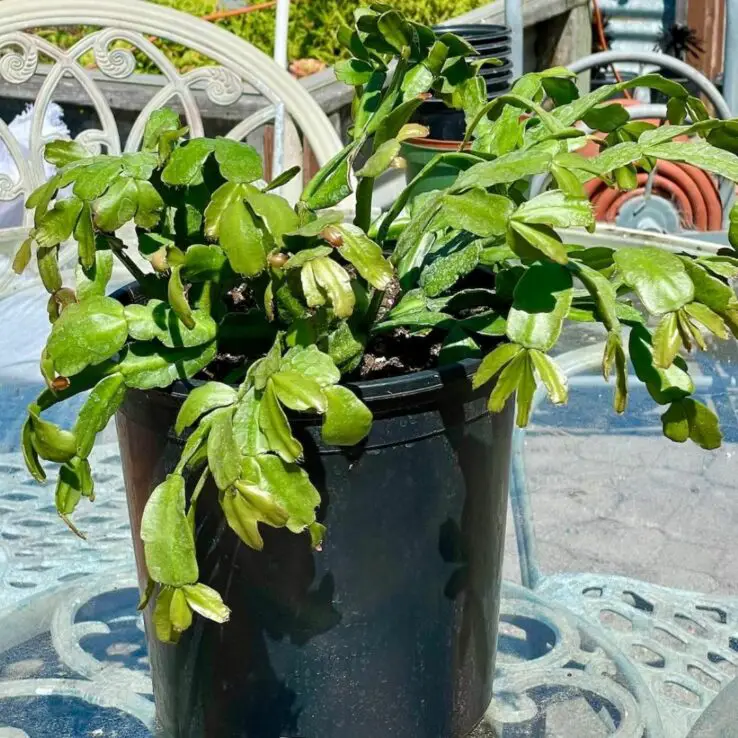
The Christmas cactus is a popular indoor succulent that many people have growing in their homes while others might buy it for the holidays. It produces gorgeous flowers during the winter and can tolerate low temperatures (down to 43 degrees).
Zebra Cactus (Haworthia Fasciata)
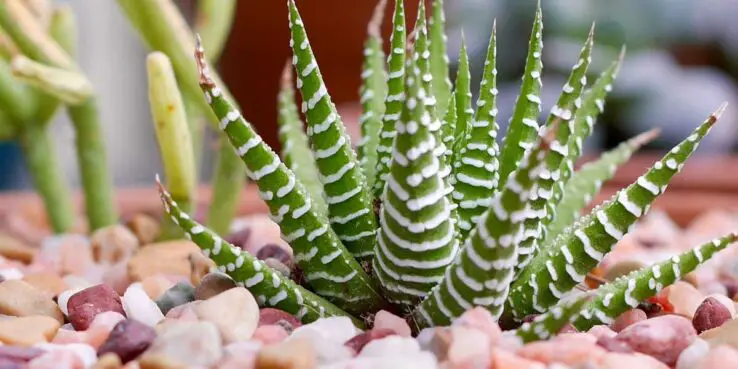
The zebra cactus (haworthia fasciata) is a succulent that has dark green leaves with white stripes. It’s an extremely easy plant to care for, as it can survive in very low light conditions and needs little water.
Panda plant (Kalanchoe tomentosa)
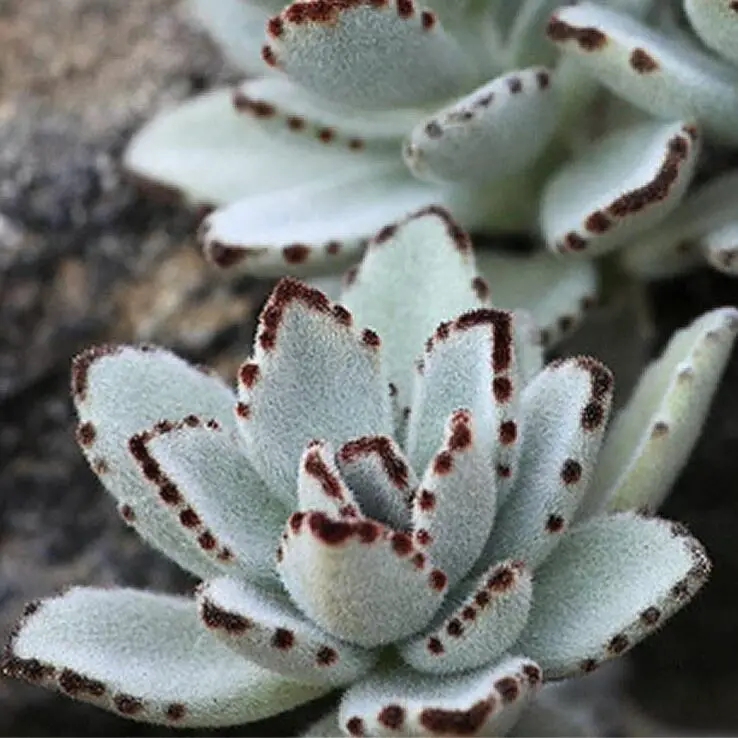
The panda plant is relatively uncommon, so if you just have to have it in your home, know that it’s going to be a challenge. It needs very bright sunlight and warm temperatures year-round.
String of bananas (Senecio radicans)

The 'String of Bananas' succulent produces a long stem with small leaves that grow in a rosette pattern. It blooms at the top of the stem, first producing orange buds and later tiny white flowers that are perfect for bonsai.
String of pearls (Senecio rowleyanus)
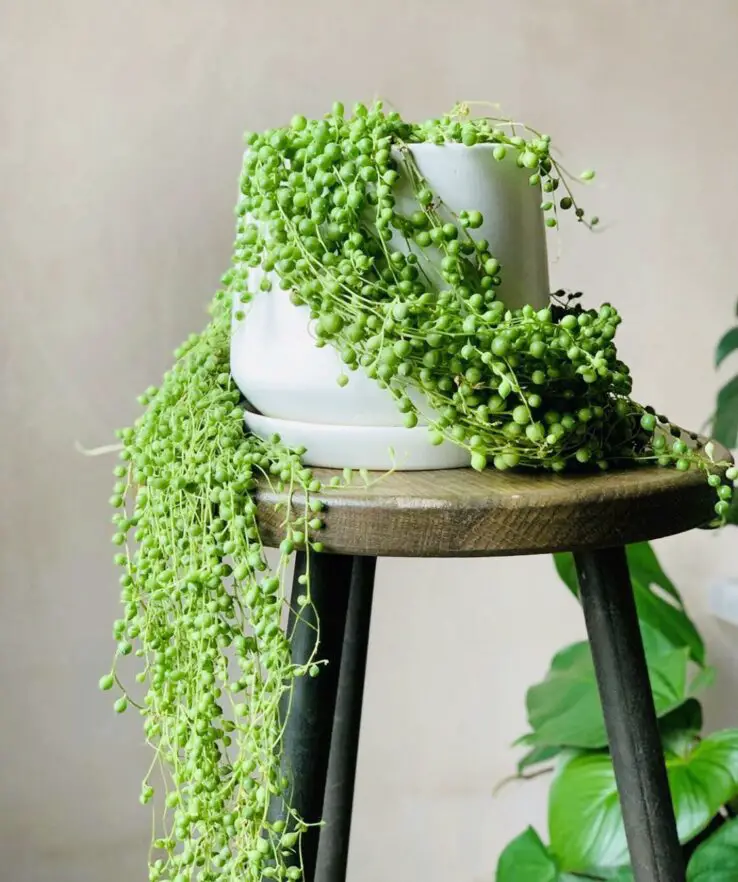
The String of Pearls succulent is a beautiful plant that produces yellow and white flowers at the end of its long, string-like leaves. It’s extremely low maintenance and can survive if you forget to water it for years at a time!
Hens-and-chicks (Sempervivum tectorum or Echeveria elegans)
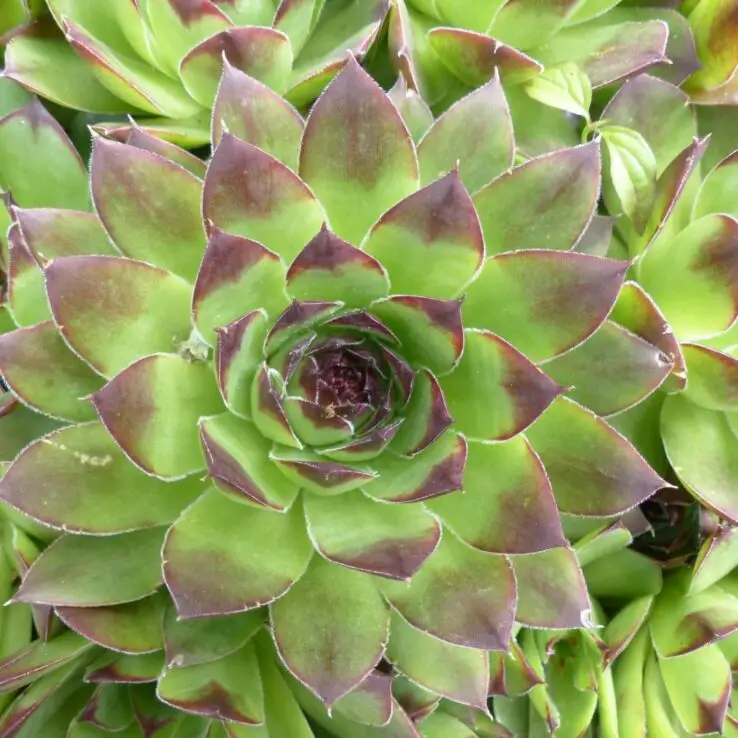
This succulent has beautiful rosettes on its leaves and can tolerate low light conditions for years. It flowers frequently and produces new offshoots over time, making it a very prolific plant to grow in your home!
Pencil Cactus OR Sticks-on-Fire (Euphorbia Tirucalli)
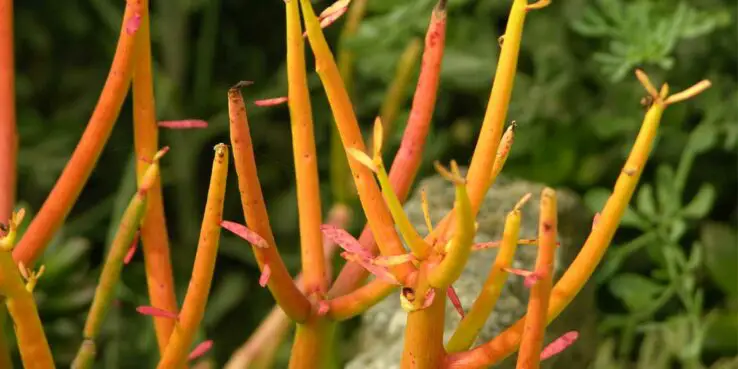
The Pencil Cactus (Euphorbia tirucalli) is a novelty plant that produces fingers like sticks instead of leaves. Its flowers are small and white. It’s an interesting plant to grow and it can tolerate low light levels for years. ( Be careful, it's also a bit poisonous succulent )
Donkey's tail, Burro’s tail (Sedum morganianum)
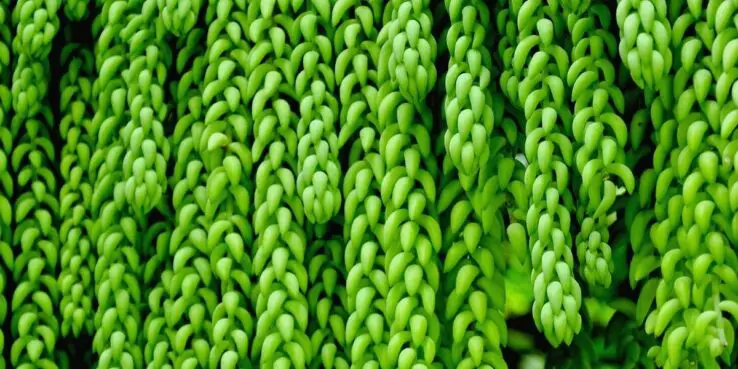
The Donkey tails OR Burro's tail succulent plant can grow up to 60cm in length and typically has trailing stems with fleshy blue-green leaves. The flowers, which are produced during summertime, are pink or red. It grows well in low light and very dry air, making it an excellent plant for beginners.
Pebble plant or living stone (Lithops)

The Lithops succulent is sometimes mistaken as a stone. That's why it is called Living Stone OR Pebble plant. It has two leaves that look like pebbles and it’s very easy to care for.
Tools you need to grow succulents
You can't grow plants indoors without the right tools. There are a few things you'll need to get started if you plan on growing succulents in your home or garden.
The following list of tools will be everything you need to get started on growing succulents indoors.
Succulent potting mix: for all types of succulents, regular soil is also ok to use. But, if you want your succulents to flourish and grow their best - use a well-draining soil specifically formulated for them. You can purchase a succulent potting mix at your local gardening store or online.
Some prefer to use a soil-less growing medium, which has the advantage of draining quickly and not retaining enough water (which is also not good for most succulents). Choose whatever you prefer!
Watering container - The best way to water your succulents is to submerge the soil in a container of warm water. But you can buy something specifically for this purpose, OR use any water bottle to measure the amount of water you are giving to your plants.
Pot with drainage holes - Be sure not to let your succulents sit in standing water and make sure the container you choose has drainage holes.
Top-dressing - You can add a top dressing of gravel to cover the soil surface for extra protection and care. This helps prevent splashing water from injuring the succulents’ root system and keeps them looking neat.
Fertilizer - Feeding your indoors succulents good fertilizer, like a slow-release fertilizer, water-soluble fertilizer, or better use Succulents and Cacti liquid fertilizer, in its growing season will flourish it a lot.
Pruners - Buy a quality pair of pruners at your local hardware store to keep your succulents' growth under control.
How to Grow Succulents Indoors - step-by-step guide
TL;DR: To grow succulents indoors, you need to consider some basic factors. These factors include, your room condition like temperature, humidity, and lightening, a well-draining soil, appropriate pot (better with draining-hole), and also following optimal watering, pruning, and fertilizing (optional) schedule.
You can also consider succulent type according to your indoors color, as succulents comes in varieties of colors to choose from.
Succulents are a popular choice for indoor gardening, and if you’ve been thinking about giving them a try, there are many benefits to adding these plants into your home.
- Succulent plants have thick leaves that store water in their tissues so they can survive long periods of drought.
- They also have shallow roots systems which means they do not need as much space as other more traditional houseplants might require.
- Finally, succulent plants come in an array of colors and shapes that make them perfect for any type of room or decorating style!
There is just one problem with succulents –they seem like simple enough plants but apparently, there is some confusion on how to care for them properly indoors. So follow along, especially if you are choosing succulents the first time...
Choose succulent according to your indoor conditions
Succulents come in many sizes, shapes, and colors. So while you’re out shopping for these perfect plants, consider some basic factors to determine the best kind of succulent for your space.
- Varying degrees of sunlight, temperature ranges, and humidity levels will all affect which type is right for your home.
- Low-light plants will grow best in a room with no exposure to direct sunlight.
- Too much heat or bright light might cause some succulents to lose their beautiful colors!
Provide a very well-draining succulent soil
Some plants may do better in soil that contains peat moss, while others will need a cactus and succulent-specific potting mix.
The best way to know which type of soil your succulents require is through personal experience – try one kind and if the plant’s growth appears stunted or its leaves turn yellow, try a different type of potting soil.
From our and many professionals' experience, it is clear that soil specially formulated for succulents and cacti does the best.
You can also create your own succulents soil. It'll be well-draining, airy, and full of nutrients which your succulent will love to be in.
Choose a Container with Drainage Holes
Just like with any other plant, the container you choose will play a big role in how easily your succulents thrive.
Many people use decorative glass containers that are shallow and wide –the perfect shape for your succulent plants!
But whatever container you choose, make sure it has holes in the bottom so any water that accumulates can drain out quickly and easily to avoid overwatering and root rot. Because the #1 mistake that beginners make is overwatering their succulents.
Choosing Container Size
The size of the pot you use will also depend on how many years of growth you expect from your succulent.
Succulent plants will get larger with time. If you’re just starting with them, it may be best to choose a smaller pot that is only 1-2 times bigger than the plant's root ball.
Adding more soil over time will make it easier for you to control how much water the plant needs.
You may want to use a slightly larger pot than needed at first, then repot it in a permanent container when the succulent has grown several inches.
Place the potted succulent in a sunny location
Succulents need exposure to bright sunlight (better indirect for most) for their leaves to turn a brilliant color and for them to develop their normal shape. However, all plants have a sun threshold: too much light can burn your succulent's delicate leaves or even kill it.
The good news is that you probably know exactly where your succulent will live, so keeping track of the sunlight there is pretty easy. A simple way to do this is to spend some time in the room with the plants for a few days and evaluate whether too many shadows are falling on the leaves from other objects or if the windows are too close.
As long as you have chosen the right plant for your indoor growing conditions, then chances are it will do well with a little bit of direct sunlight several hours per day. Just remember to keep an eye on its progress and adjust the lighting if necessary!
Temperature and Humidity need to be just right
Most succulents only need a moderate temperature with no more than 8 hours of direct sunlight and normal indoor humidity.
Different species have different requirements, so take note of the care instructions as you shop.
Water Your Succulent Early in the Day
When you water your succulents at night time, it will likely sit wet all night long until your morning watering session. This could cause rot root or stem. Instead, try to water your succulents early in the day so it can dry before nightfall.
Don’t overwater, but don’t underwater either! Allow the potting mix to dry out between waterings.
If you typically use a watering can with a slow delivery, consider using a spray bottle instead for this specific plant.
Don’t Forget to Feed Your Succulents
Succulent plants, just like all other types of plants, need nutrients to do their best. If you want your plant to grow the healthiest, make sure you are feeding it properly!
Use a balanced fertilizer (15-15-15) to help your succulents grow healthy and lovely. But use dilute concentrated liquid fertilizers, to avoid the risk of damaging roots. You can also use light feeding of manure tea or diluted fish emulsion too.
Some choices for you to buy online
Remove Dead or Damaged Leaves
Succulent plants have the ability to recover from damage. If a leaf gets damaged, it may dry out and die, but this doesn’t mean you should dispose of it! Just gently pull off the dead leaves (or entire stem) and let your succulent heal itself.
Tips for caring and growing succulents indoors:
Tip #1: As a general rule, if your succulent is planted in soil that drains well and does not sit in standing water, you won’t need to worry about overwatering. However, make sure the potting mix dries out completely up to 2 inches, between watering sessions!
Tip #2: If it seems as though your plant has a case of “droopy leaves,” it may be a sign of overwatering. To save the plant, remove all of the soil from its pot and let the roots dry for up to one week in a well-ventilated area (a sunny windowsill would work), then, repot it again in a well-draining soil especially made for succulents.
Tip #3: If watering is not making your succulent happier, try repotting it. Repotting is the process of moving your plant into a brand new container that better meets its needs (i.e., A larger pot and with bigger holes for drainage).
Tip #4: Established plants may need to be repotted about every two or three years if they have outgrown their pots and will no longer drain properly.
Tip #5: Succulents are generally very forgiving plants (unless you let them dry out completely) and can be propagated quite easily. To propagate new succulents, simply take a cutting or two of the plant you’d like to grow, and plant them in potting medium. Mist them with a spray bottle a few times daily. In a week or 2, it'll start growing roots, and you'll get new succulents babies.
How to care for your succulents when you travel?
When you travel away for a long period of time and are leaving your succulents at home, there are some precautions you should take to ensure that they stay healthy while you're away.
- If you are going out for a week or 2, water them just before you leave, and they will surely survive this time.
- If you are traveling for more than 2 weeks, you should know that succulents some times absorbs water from air as well. So place a humidifier, and set it on auto to start after every 2 days. But,
- If you’re traveling for a long period of time, and you don't trust that humidifier, we strongly recommend to pack up your entire collection of plants with you, and take care of them on the way.
Conclusion
Succulents are a popular choice for indoor plants lovers, but they’re not as easy to care for as people may think. This article has provided you with some tips and tricks on how to grow your succulent indoors so it thrives in any type of room or decorating style!
If you follow the above guidelines while shopping for this unique type of plant, you should be able to keep it alive and thriving throughout its lifetime.
In a nutshell, I recommend that you have plenty of light, water them only early in the day and when they are dry, Feed your plants once every two weeks to keep them healthy. Make sure you remove any dead leaves, as this will keep plants strong and prevent rot from forming on their stems.
As always feel free to leave a comment below! and share it with your friends and family if it helps you.
